How Our Artist Of The Month Mosaz Turns Memory Into Art?
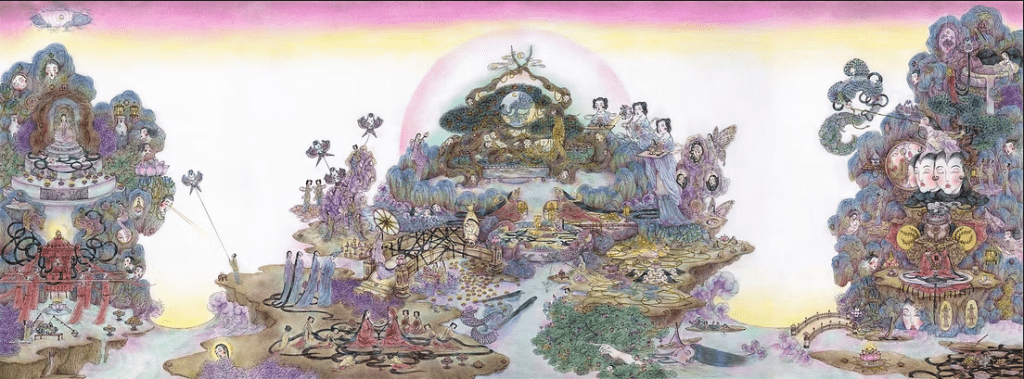
We are delighted to present Mosaz Zijun Zhao as our Artist of the Month at the Women in Arts Network. Celebrating an artist is never only about their finished works, it’s about the stories, experiences, and the essence that breathes life into what they create. With Mosaz, every part of her journey feels interwoven with memory, spirituality, and heritage. Her practice moves beyond the canvas, inviting us to see the unseen the delicate threads between past and present, life and death, what is remembered and what is still becoming.
In our conversation with her, what stood out most was how naturally she allows her art to unfold. She rarely begins with a fixed plan. Instead, she starts with a feeling, a fragment, or an image, and allows the rhythm of the work itself to reveal meaning. Her recurring symbols the branching of a tree, circular gestures suggesting cycles of time, root-like structures echoing both fragility and strength carry profound personal resonance. Yet, as viewers, we are also invited to find our own reflections within them. This is what makes her work both intimate and expansive: it holds space for personal memory while speaking to universal truths.
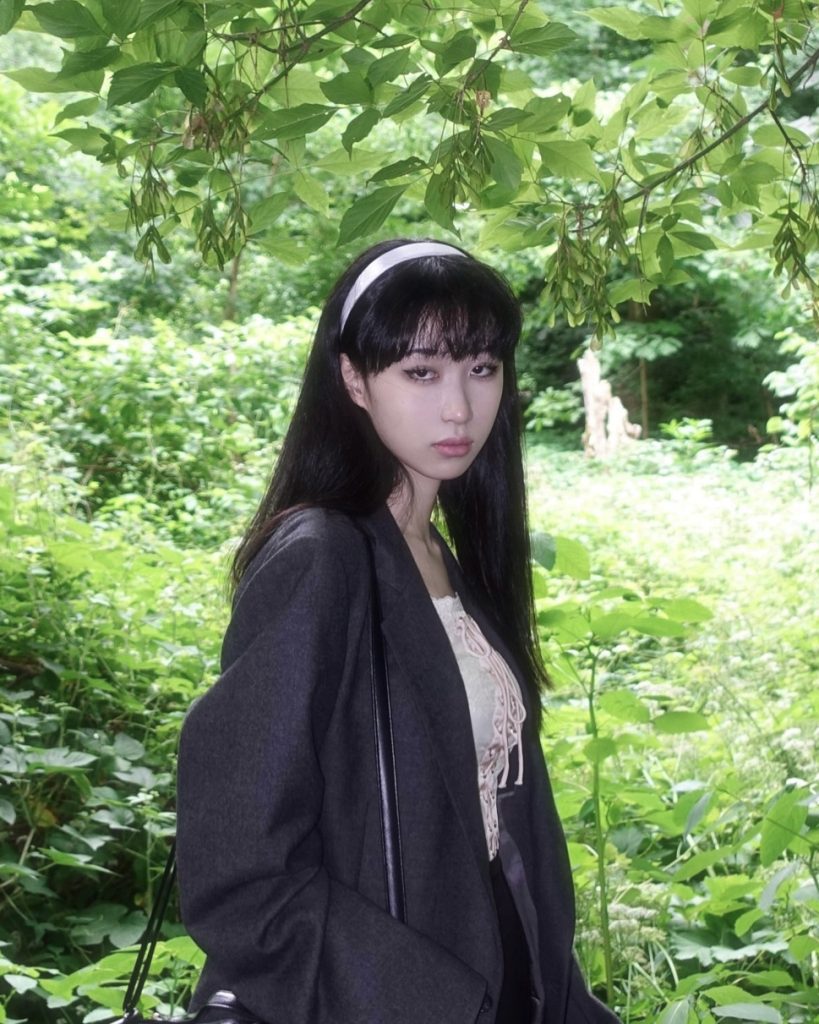
I grew up in a cultural environment that combined traditional values with a strong openness to personal expression. From early on, I was drawn to imagery, rituals, and stories carrying deep symbolic meaning. These elements shaped my sensitivity to the unseen connections between life, memory, and spirituality. The first sparks of creation came when I understood that drawing was not only a way to observe the world but also a way to process emotion and give form to intangible thought. Over time, I came to recognize art as my primary way of navigating and making sense of the world.
Q1. When you’re creating, do you begin with a clear vision, or does the rhythm of the work itself reveal the meaning to you?
I rarely begin with a completely fixed vision. More often, there is a focused fragmented image or a feeling—that sets the process in motion. As I work, the rhythm of lines and forms guide me, surfacing layers of meaning that were not visible at the start. The act of creating becomes a dialogue: I set direction, yet the work evolves within those boundaries, revealing its own structure.
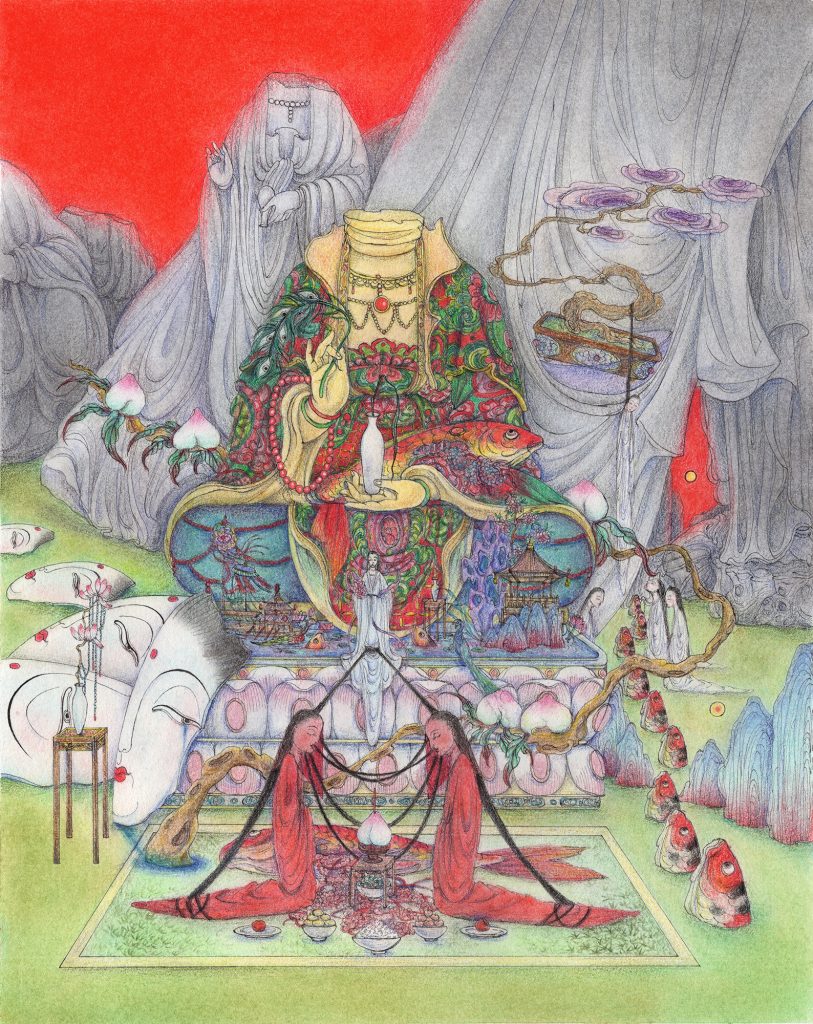
Q2. You’ve said your inspiration doesn’t come from books but from what you’ve seen, heard, and absorbed since childhood. Could you share one particular memory, sound, or image that continues to resonate with you and finds its way into your art again and again?
Rather than a single concrete memory or image, it has been an ongoing way of observing and reflecting on the world. Over time, these reflections have shaped how I understand mortality. I often think of death not as an end but as a transformation or a continuation in another form, an idea that quietly informs much of my practice.
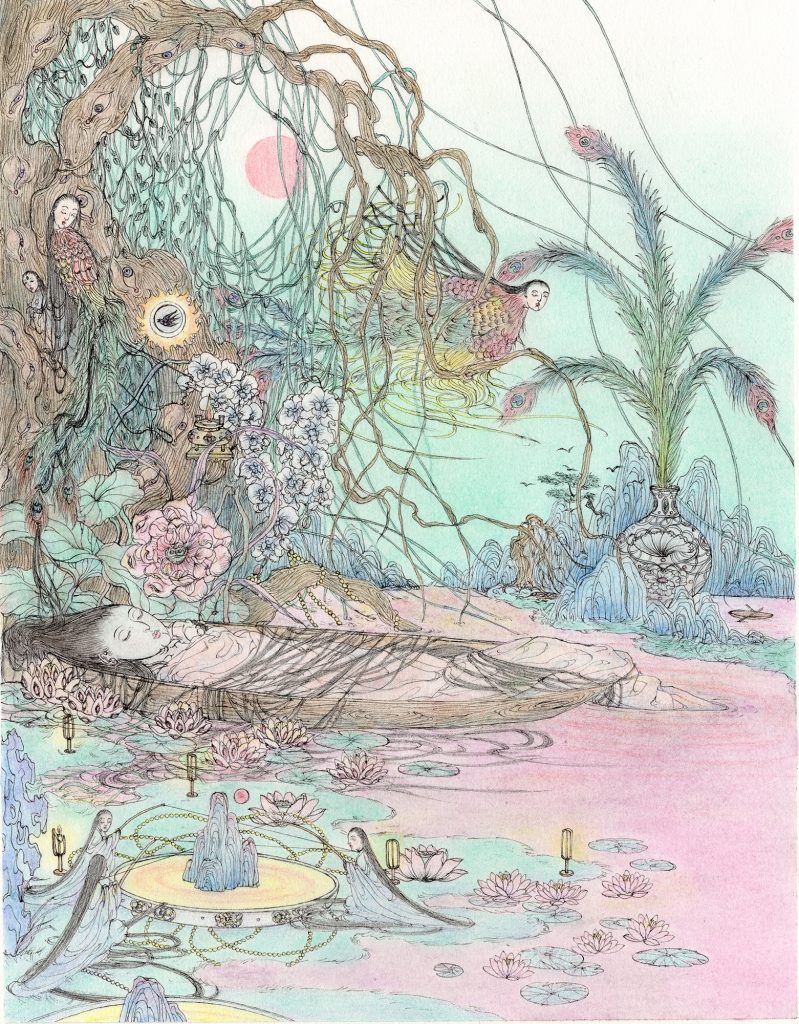
Q3. Do you feel a responsibility to your cultural heritage when you create or is it more of an organic presence that simply flows into your work?
It is less about responsibility and more about something organic that naturally flows into my work. My cultural heritage is inseparable from who I am, so it emerges almost unconsciously in the symbols, imagery, and rhythms I create. I do not set out with the explicit intention of representing tradition, but it always enters the work because it lives in my memory and my body. Heritage, in this sense, is not a burden to carry but an active source that nourishes my practice.
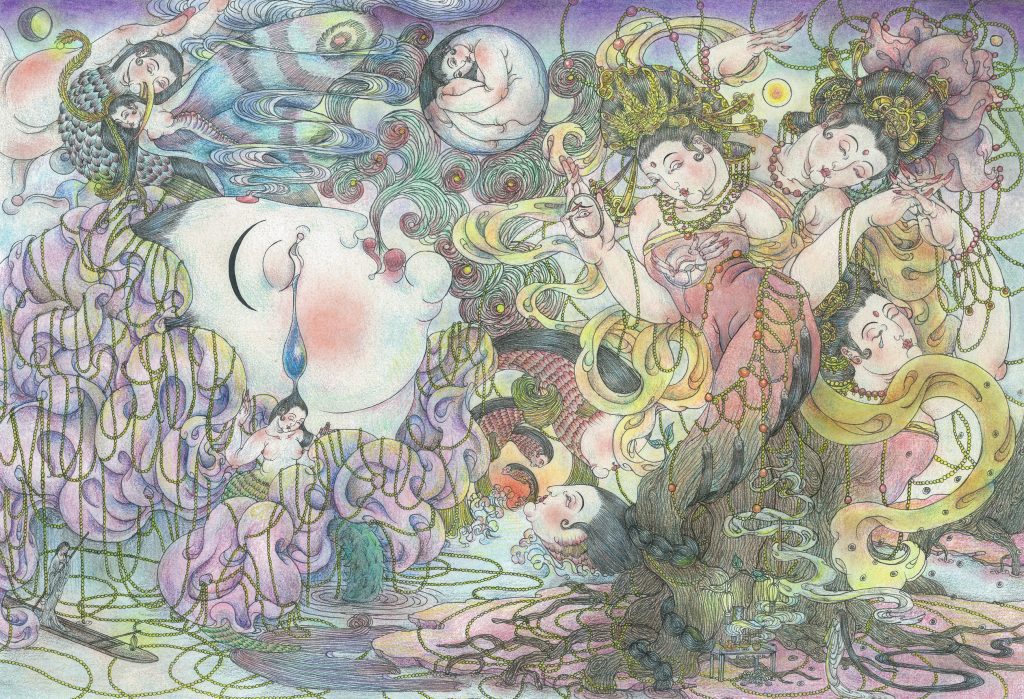
Q4. Are there recurring symbols, patterns, or gestures in your work that hold personal spiritual meaning for you, even if they aren’t immediately visible to others?
Yes, certain recurring motifs hold deep personal meaning, even if they are not immediately visible to others. I often return to the tree—not always as a literal form, but through branching lines, root-like structures, or fragmented silhouettes. For me, the tree represents continuity between life and death, above and below, the visible and the invisible. I also return to circular gestures, which suggest cycles of time and the idea of eternal return. These elements function as a quiet language, connecting me to my inner world while leaving space for viewers to form their own interpretations.
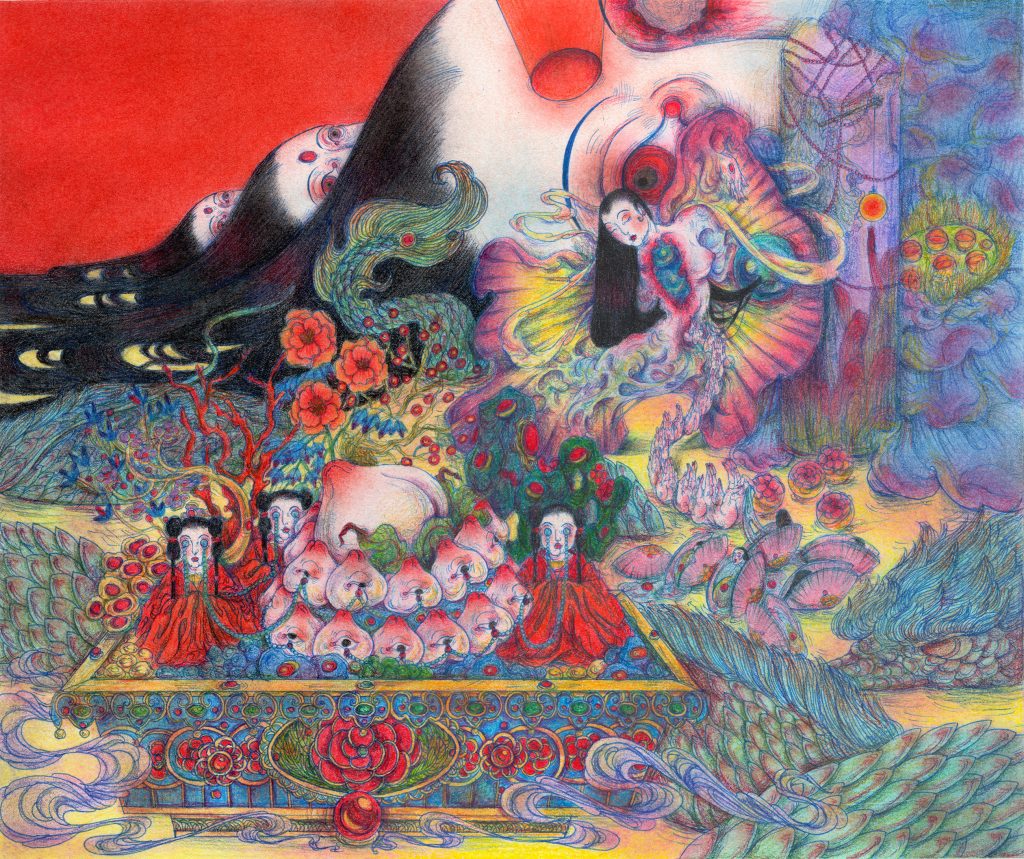
Q5. How do you imagine your work evolving in the coming years do you see it becoming more intimate, more expansive, or perhaps both?
I see my work evolving in both directions, becoming more intimate and more expansive at the same time. On one hand, I want to go deeper into the personal layers of memory, emotion, and spirituality, creating works that function almost like private rituals. On the other hand, I also intend to expand outward, connecting with broader cultural dialogues and engaging with audiences in diverse contexts. The balance between intimacy and expansiveness will continue to shift, but both remain essential to how I create and share my art.
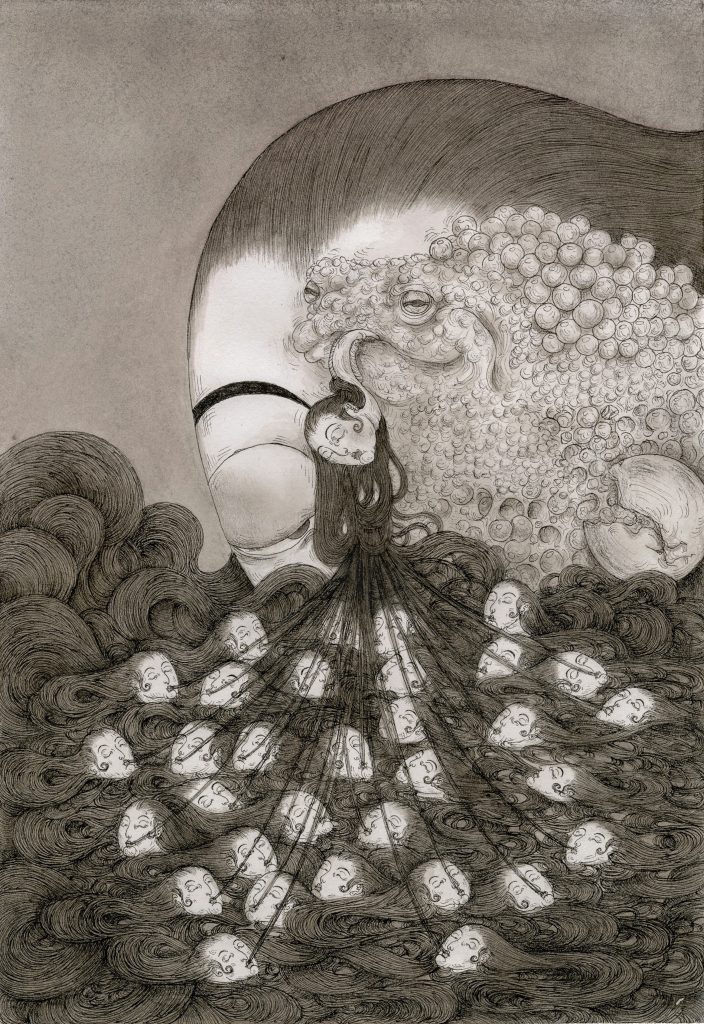
Q6. Congratulations on being featured as Artist of the Month! In what ways do you see this milestone helping to elevate your career and create fresh opportunities for your practice?
Thank you. Being recognized as Artist of the Month is both an important acknowledgment and a meaningful elevation of my visibility in the international art field. This recognition expands the reach of my practice across cultural and geographic boundaries and strengthens my professional profile by showing that my contributions are valued by respected organizations and platforms. It also creates momentum for collaboration with curators, galleries, and institutions worldwide, reinforcing my commitment to advancing my work on a global stage.
Mosaz’s journey reminds us that art is not only about what we see, but about what we feel and carry with us after the encounter. Through recurring motifs of trees, cycles, and symbolic gestures, her work becomes a meditation on life, memory, and transformation. Each piece invites us to pause, reflect, and step into a conversation that is both deeply personal and quietly universal.
As we close this feature, we hope her journey inspires you to look beyond the surface and to discover the subtle connections her work so gracefully brings to light.
To learn more about Mosaz and her work, visit the link below.
